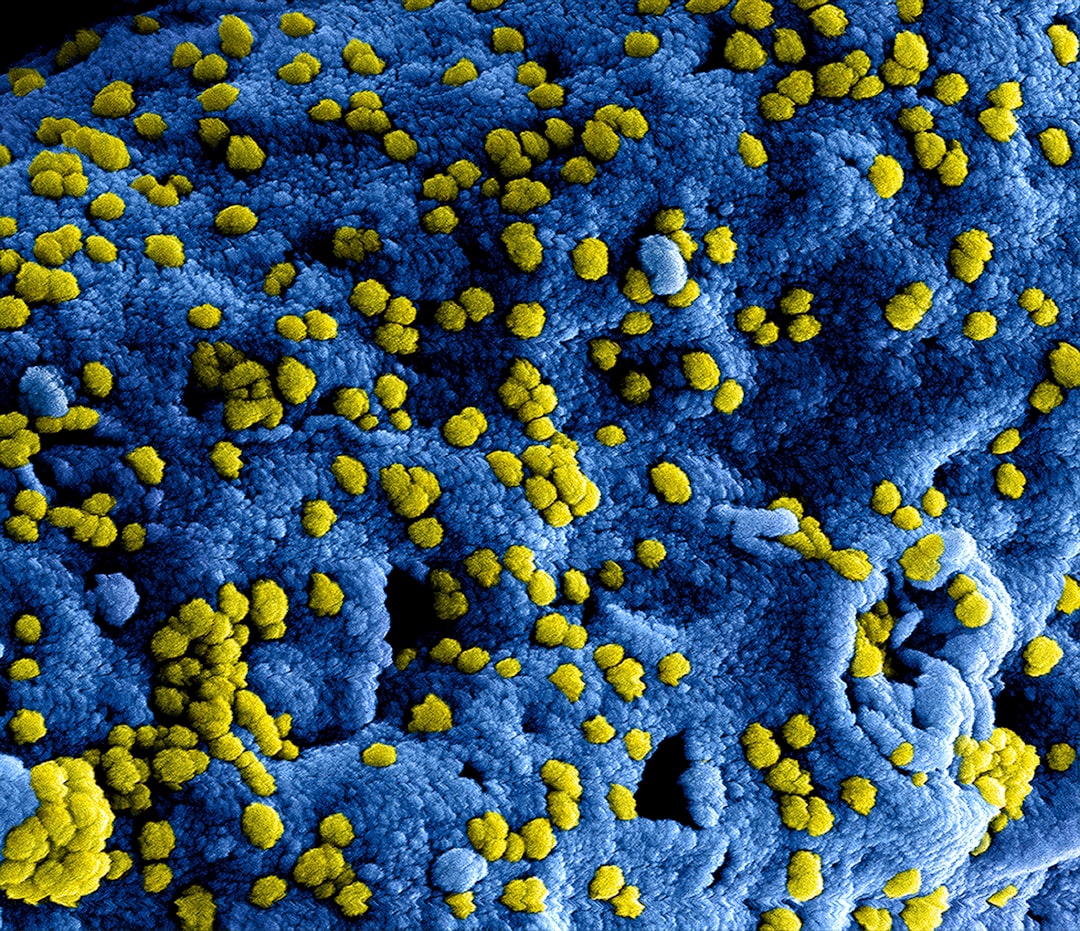What is it about?
Retinoschisin protein (RS1) is found in the human eyes. It is responsible for proper structuring of the retina which is a part of the the inner coat of the eye forming a light-sensitive layer of tissue involved in seeing. X-linked juvenile retinoschisis (XLRS) is a retinal disease caused by inherited mutations in the retinoschisin gene. We determined the first ever molecular 3D structure of the RS1 protein. Knowing the structure of proteins help us understand both how they function, and also how they fail to function when they are altered by mutations resulting in genetic conditions / diseases. The structure of RS1 we determined lets us better understand how some of these mutations (i.e., changes in the genes) found in XLRS patients result in malfunction at the molecular level, and may lead to the development of therapies in the future.
Featured Image
Why is it important?
We determined the first ever 3D structure of retinoschisin protein (RS1) found in human eye. X-linked juvenile retinoschisis (XLRS) is a retinal disease caused by inherited mutations in the retinoschisin gene. This structure allowed us to - propose a molecular mechanism for its function in the retina - better understand how some of the alterations (mutations) in RS1 found in X-linked juvenile retinoschisis (XLRS) retinal disease patients result in malfunction at the molecular level. Knowing the structure of proteins helps us understand - their function and also the mechanism of their function - how they fail to function when they are altered by mutations resulting in genetic conditions / diseases. The structure of RS1 we determined let us better understand how some of these mutations (i.e., changes in the genes) found in XLRS patients result in malfunction at the molecular level. Understanding the mechanism of how a protein breaks (i.e., malfunctions due to a mutation) allows researchers to develop means to fix it. Therefore, understanding how mutations in RS1 cause malfunction may lead to development of remedies, such as drugs, for helping XLRS patients.
Read the Original
This page is a summary of: Paired octamer rings of retinoschisin suggest a junctional model for cell–cell adhesion in the retina, Proceedings of the National Academy of Sciences, April 2016, Proceedings of the National Academy of Sciences,
DOI: 10.1073/pnas.1519048113.
You can read the full text:
Contributors
The following have contributed to this page










